
Big news.
Last week’s column went viral.
(In the Photo World.)
That was unexpected.
As an artist, my project “The Value of a Dollar” went fully viral, globally, after it was published by the NYT in 2010.
It changed my life.
This feels different though. (And on a smaller scale, obviously.)
All week, I’ve been trying to figure out: Why this article?
Why now, after all these years of writing for you?
Last Thursday, on a whim, I decided to write a super-long-read, sharing much of what I’ve learned about the photo-book publishing industry.
I’ve been a critic here for 10.5 years, have produced photo-books for clients since 2017, and made my own book over the course of 2019-20.
I have a lot of experience, from a variety of perspectives, and providing that inside info, for free, seems to have struck a nerve.
The publishing industry is opaque, yet so many artists want books, so shining a light on true practices, while also inspiring creativity, (rather than just focusing on the business-side,) felt like the right gesture to make.
And I did it for you.
Therefore, I was thrilled to know I’d been of help, and my advice was beneficial to others.
That’s always been the backbone of this website.
Industry professionals share knowledge, and try to help the community that supports us.
(Big ups to our leader, Rob Haggart, for building the platform, and supporting his team so well.)
Because photo-books can cost so much money, and take a lot of effort to make, (in addition to resources,) it seemed silly so few photographers know the reality of the industry.
What used to be termed “vanity publishing,” or “pay-to-play,” is now just the way business is done.
If few publishers can make money selling books, artists should not see their projects as profit-generating ventures, in general.
I mentioned there were exceptions, and Iain Sarjeant, of Another Place Press in Scotland, tweeted me that he doesn’t charge photographers for book production, and offers royalties.
I also once heard my former collaborator, Alejandro Cartagena, tell an online audience he’s gamed the system, taking the proceeds from one book to make another, so he manages to come out ahead.
But these are primarily exceptions to the rule.
Many people got excited that I shared realistic $$$ numbers.
By including potential costs, and setting up a ladder, from the cheapest ‘zines to expensive, fabric-bound, European-printed, high-end productions, I wanted to give photographers a real idea of their potential options.
Based upon the feedback I’ve received, folks appreciated the way I laid it out.
(Again, I’m honored to have been of service.)
So today, to get the book-review-portion of the column up and running again, I’ll focus on a really well-made book, that took the now-typical route into existence, and made it worthwhile.
Let’s go.
Rich-Joseph Facun reached out last year, to see if I’d consider reviewing his new book with Fall Line Press.
He’s based in the Southern Ohio portion of Appalachia, and Fall Line is in Atlanta, so this is a Southern production through and through.
(I did receive one email from a reader claiming I’m biased against the South, which I believe is untrue. Yes, I criticize “Red State” politics, but Trumpism and the South are not the same thing.)
I told Rich-Joseph I was interested, after perusing his .pdf, but it would take a while to get around to the review.
Fortunately, I had the opportunity to interview him for the PhotoNOLA Virtual Book Fair, and he shared a lot of information about his family, life, and book-making process.
If you’re interested, please check it out.
2021 PhotoBOOK Fair: Rich-Joseph Facun from New Orleans Photo Alliance on Vimeo.
As to the book, “Black Diamonds,” Rich-Joseph built up his photographic practice over many years, first as a photojournalist.
(Making imagery more typically associated with fine art photography was new for him.)
Therefore, he worked like crazy to get things right.
He did a Kickstarter campaign, raised the funds, and printed in Barcelona.
To reiterate, if a book like this is going to cost a lot of money to produce, (as I wrote last week,) you better have a damn good reason for doing it, and give your all to make it as great as it can possibly be.
RJF confirmed, in our interview, that was his approach.
As to the book’s theme, though he is a Southern guy, and has lived all over, Rich-Joseph moved to Athens, Ohio for a university job.
Then he used this series to get out and about in his community, to see what made it tick, to meet people, and have an art project to occupy his time and mind as he drove around his world each day.
From the embossed, fabric cover, replete with a cool graphic, to the catchy poem that opens the book, a viewer is given the expectation it’s a serious offering.
And so it is.
As I wrote last week, one can tell the story straight away in words, to set the context, or wait until the end, once the pictures have led the way.
This book opts for the latter strategy, and I can understand why.
Though I might have trimmed the edit just a bit, (were I in charge,) the square photographs inside are moody, well-crafted, dramatic, consistent, and truly give a sense of place.
They’re stunning, in a grim sort of way.
And yes, there is a lot of poverty, for which Appalachia is well known. (The culture is elegantly described in an ending essay by Alison Stine.)
We see oddities, such as the dancing monkey, and camo-clad boys who don’t seem like the sharpest knives in the rack.
Some subjects confront the camera; others look away.
But overall, the tone is not one of condescension, nor does it seem like the work of a total outsider.
The photographs are quite beautiful, and as there are no design bells and whistles within the edit, they’re good enough to hold one’s attention, which is a hard thing to do.
Then, in the Epilogue, after Alison Stine’s essay, we get a slightly art-speaky statement by RJF, and a heart-felt, loving thank-you page, paying respect to his family and community.
Three historical photos round out the book, and honestly, the whole thing is really well-thought-out.
It’s an example of how to do it right, if you’re going all in.
So to wrap it up today, (as last week’s 2700 words still weigh heavily on my consciousness,) not all photo projects need to end up as expensive books.
There are so many ways to make an artistic, publishing object out of your favorite (or current) series.
Please don’t go broke to make a book, nor do it just to do it.
But if you’re going for it, I’d suggest you make it worth your while.
Give maximum effort, and work with great people.
See you next week!
To purchase “Black Diamonds” click here
If you’d like to submit a book for potential review, please email me at jonathanblaustein@gmail.com. We are particularly interested in books by artists of color, and female photographers, so we may maintain a balanced program. And please be advised, we currently have a significant backlog of books for review.
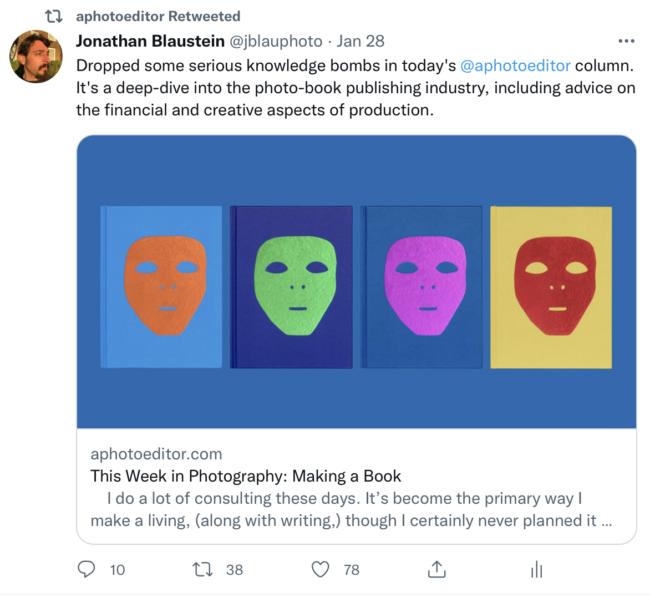

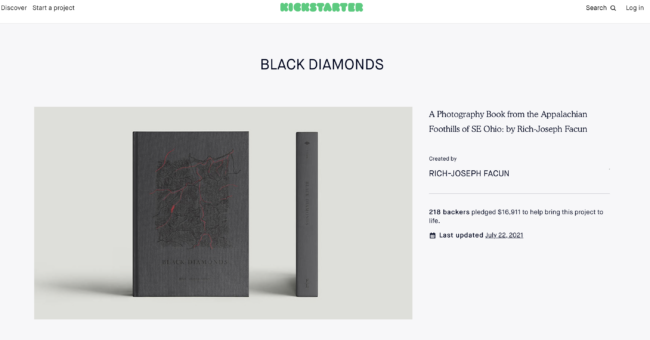
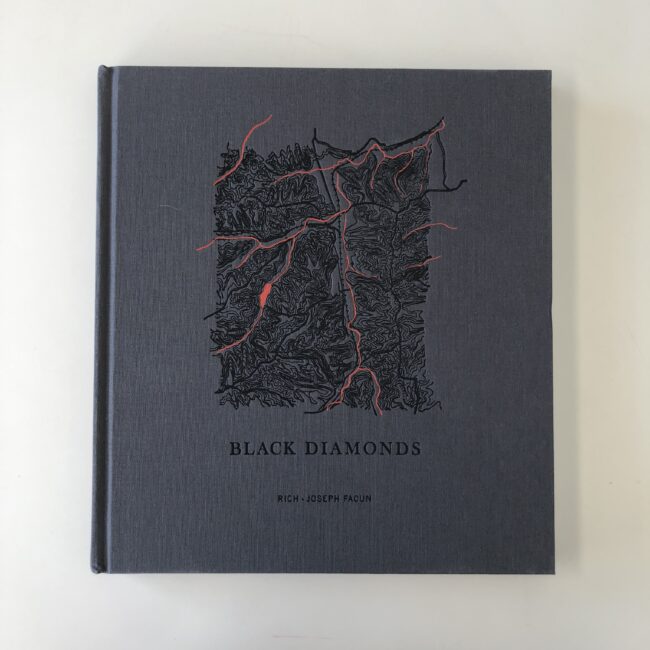


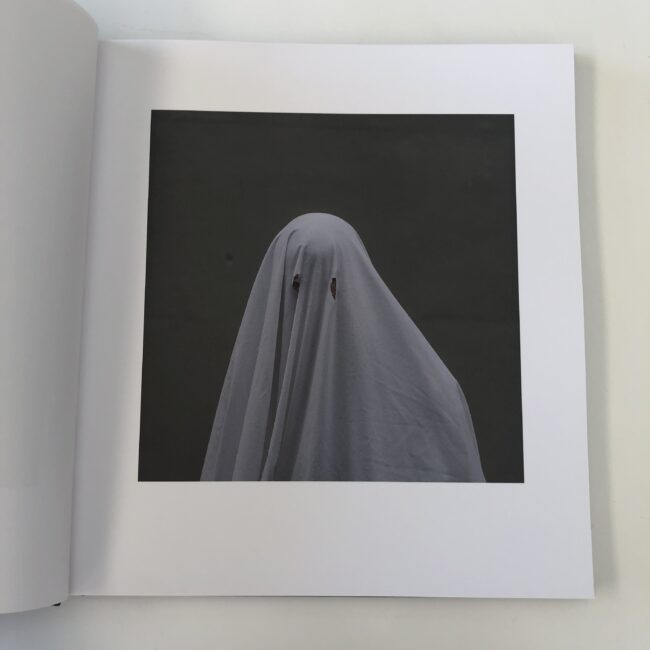
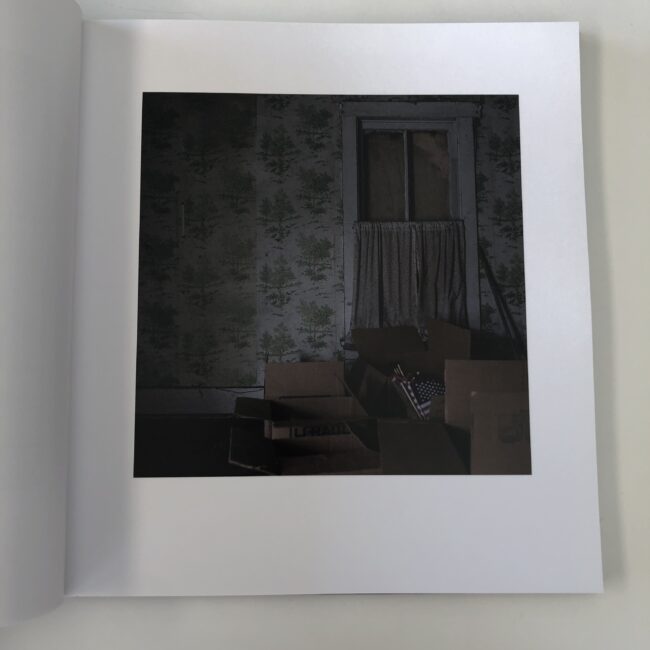
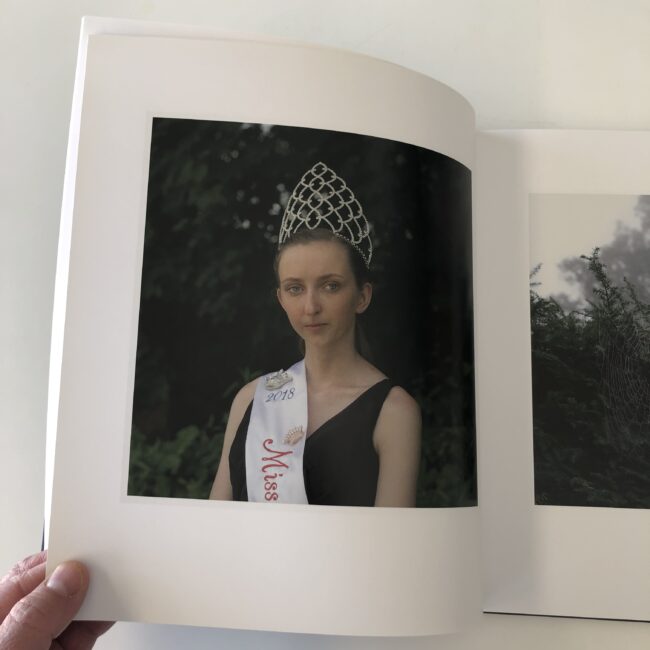
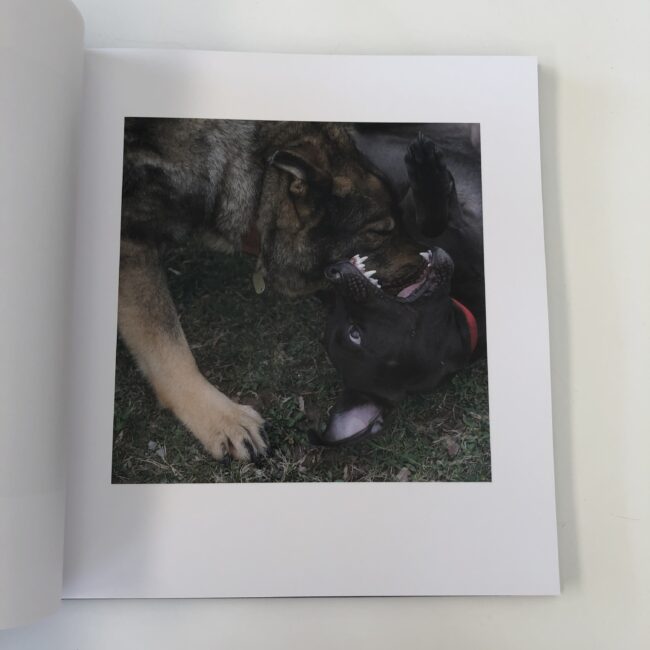
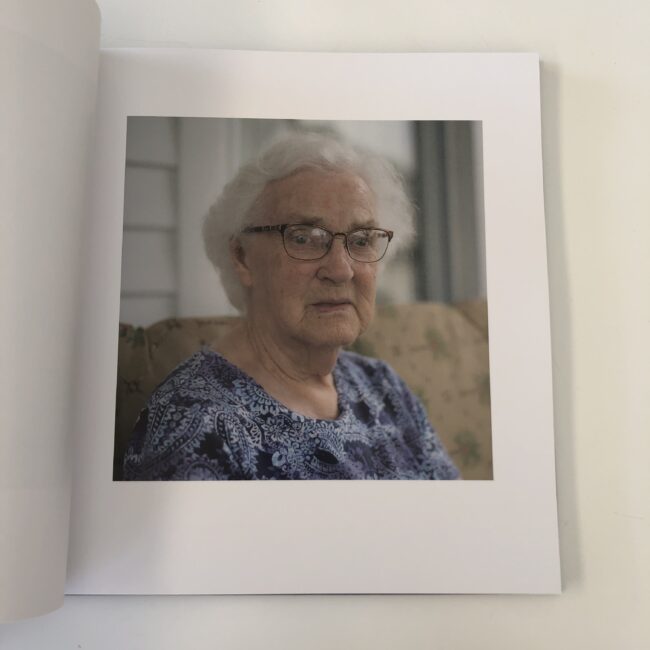


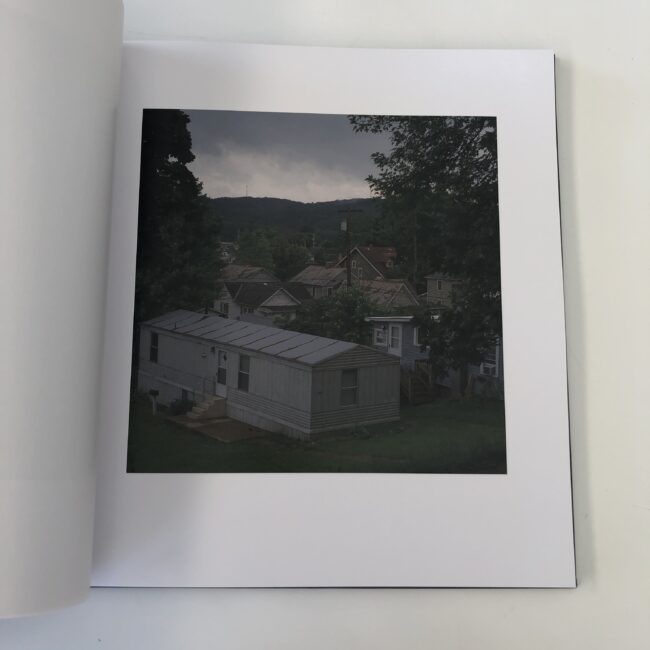




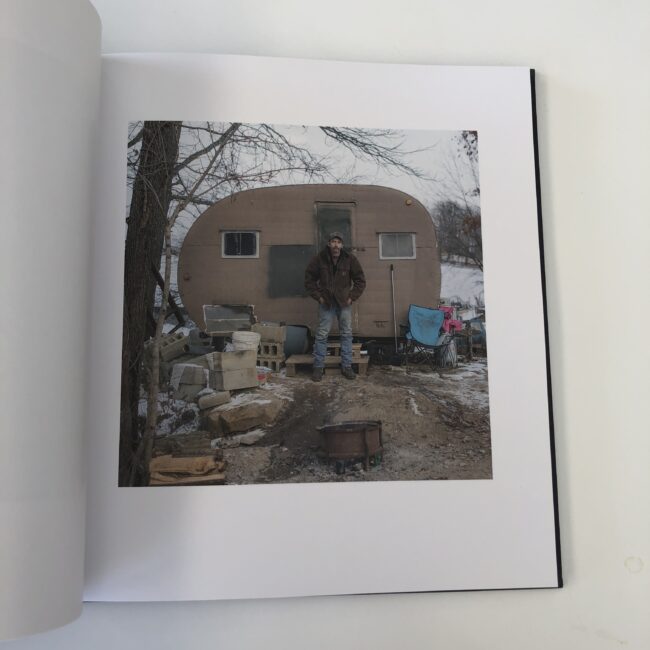


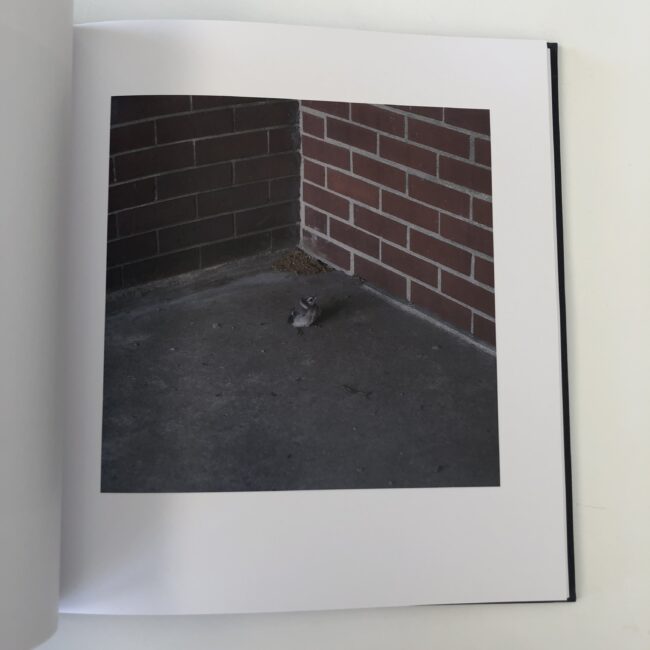
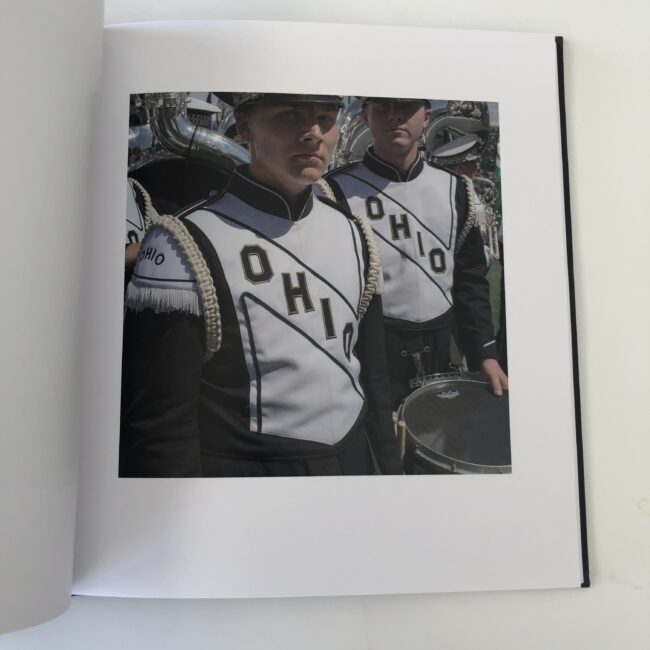
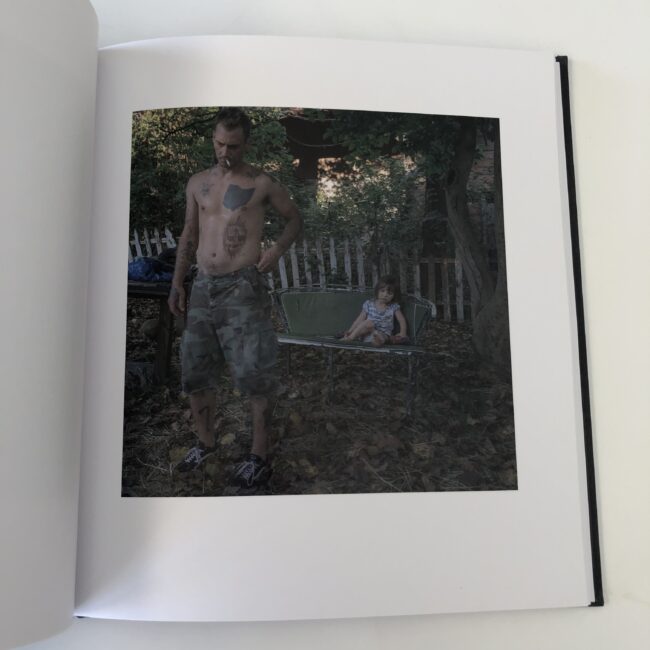
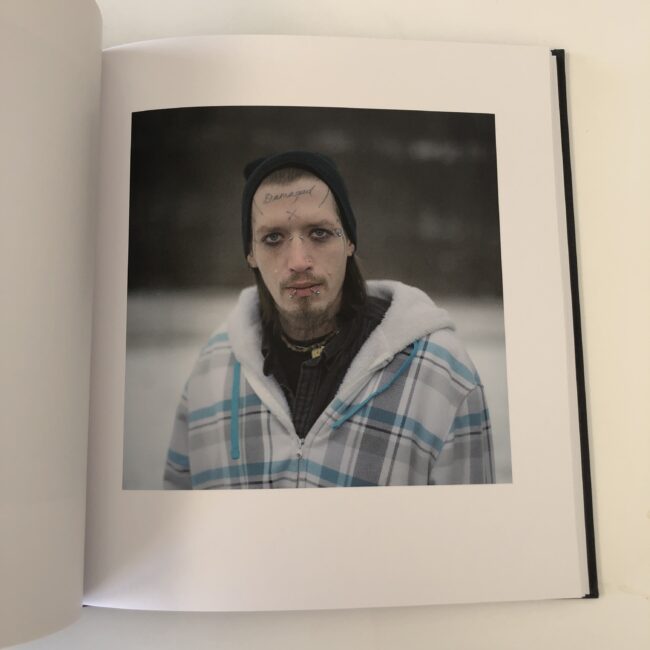

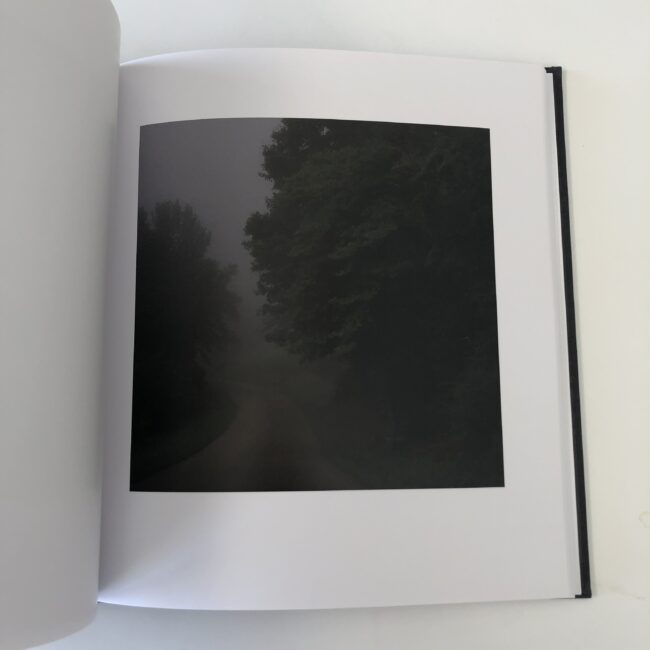
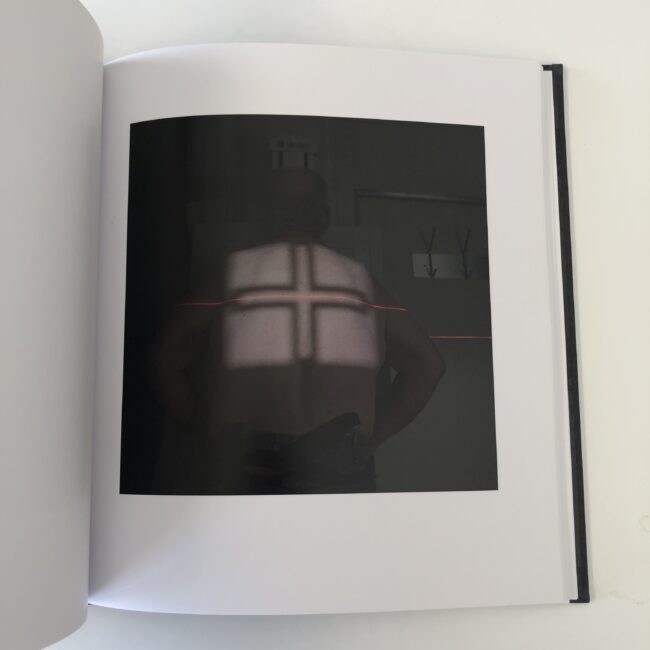
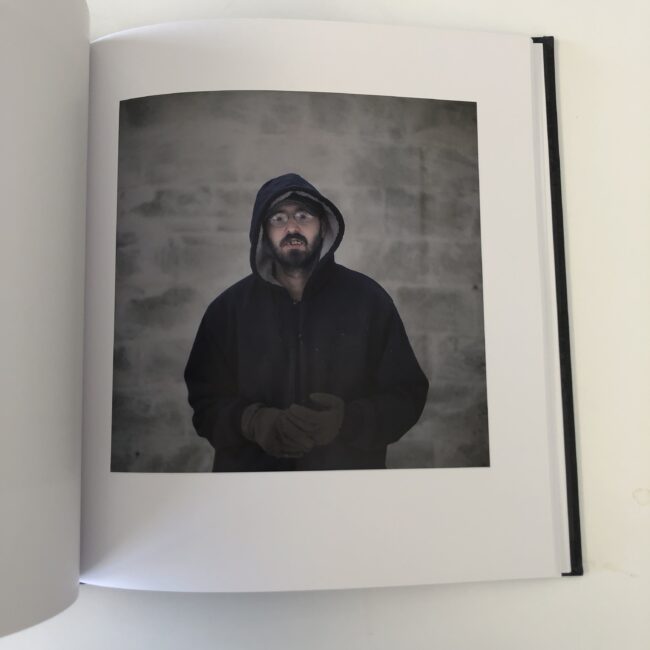
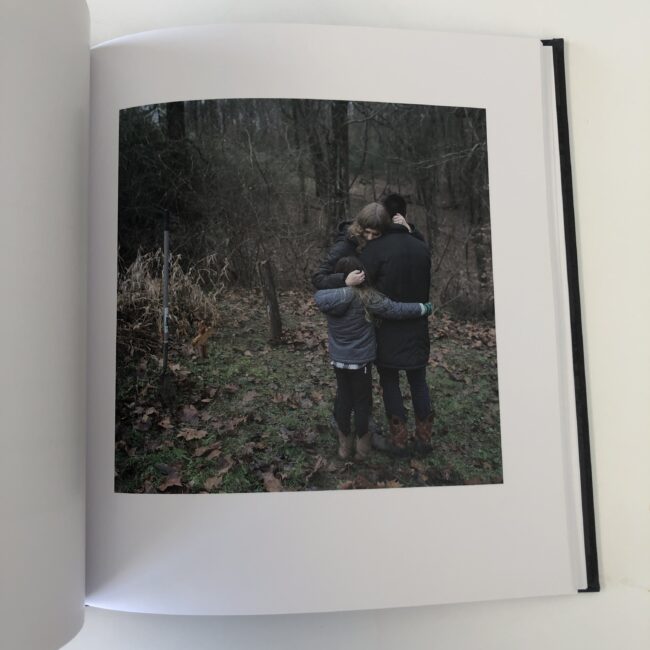

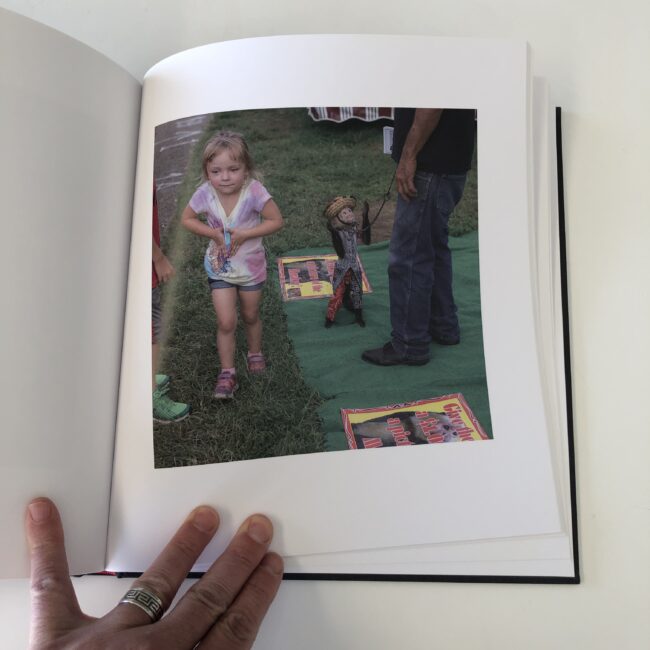
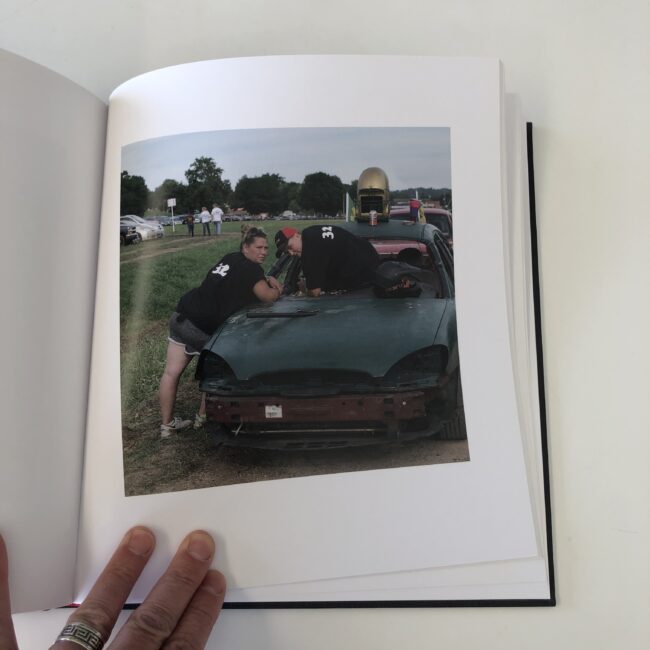
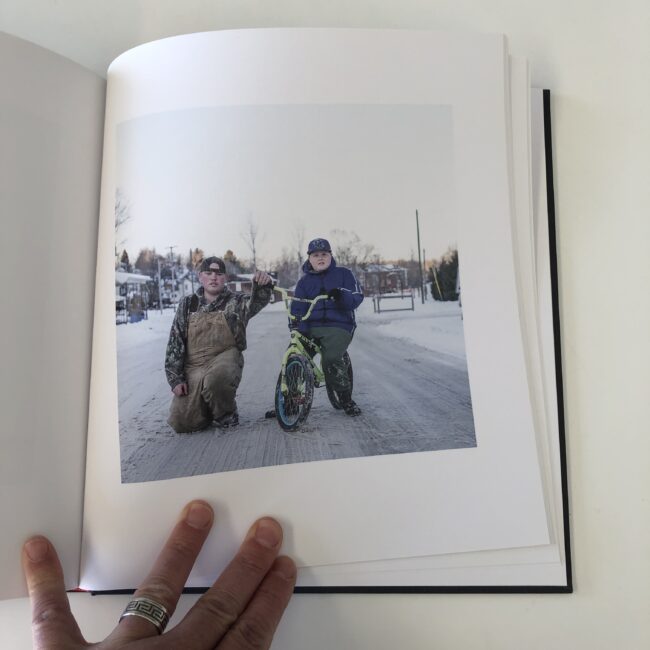
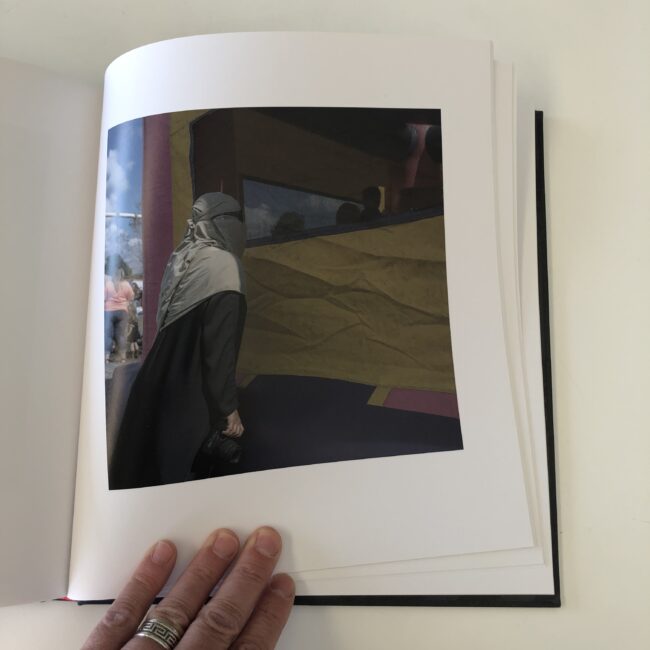
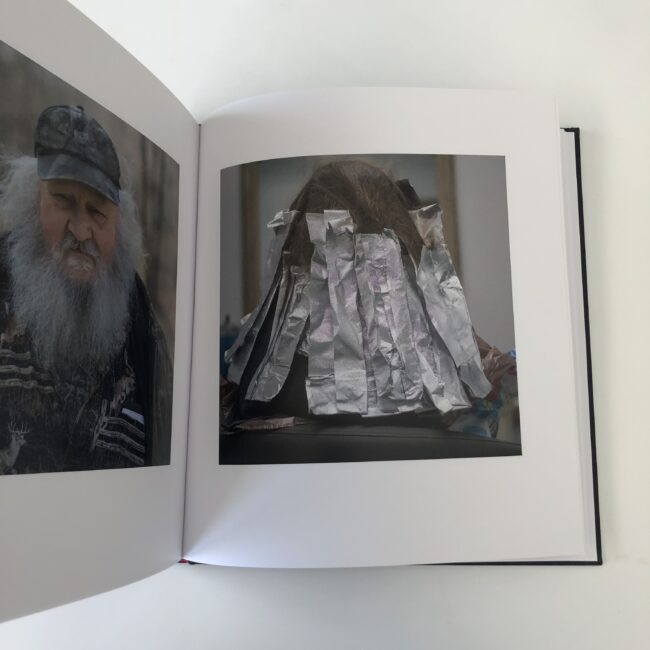

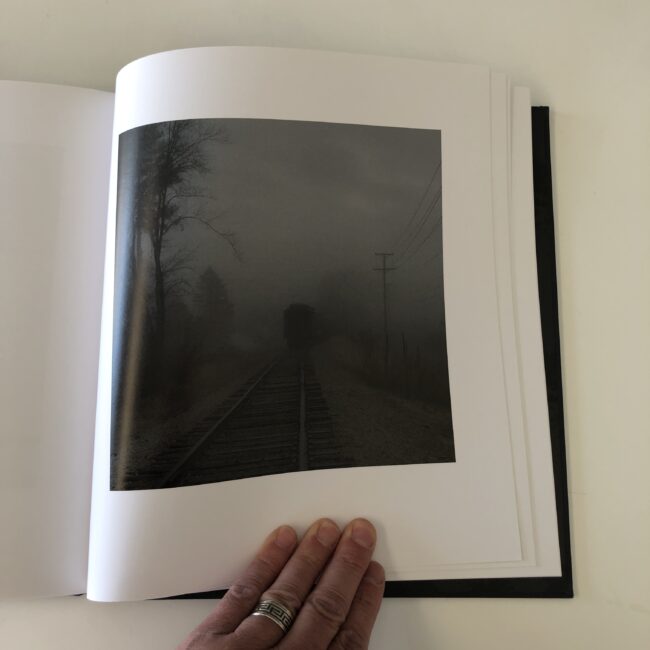
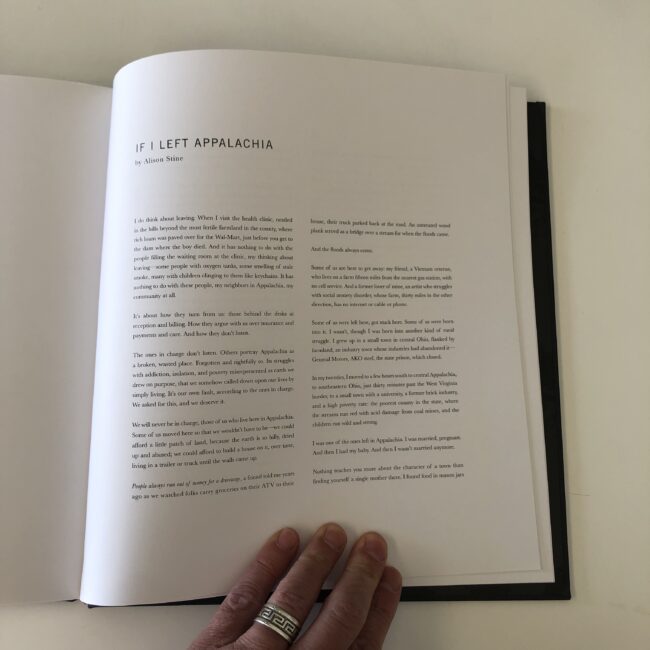
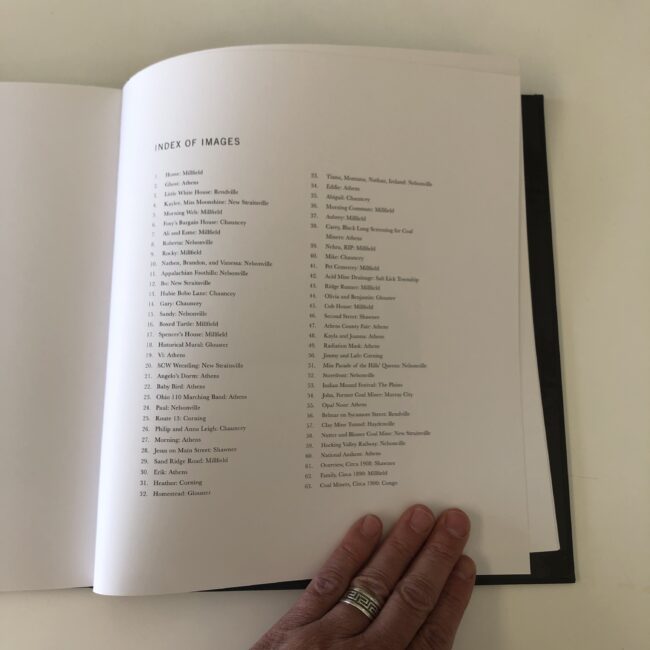

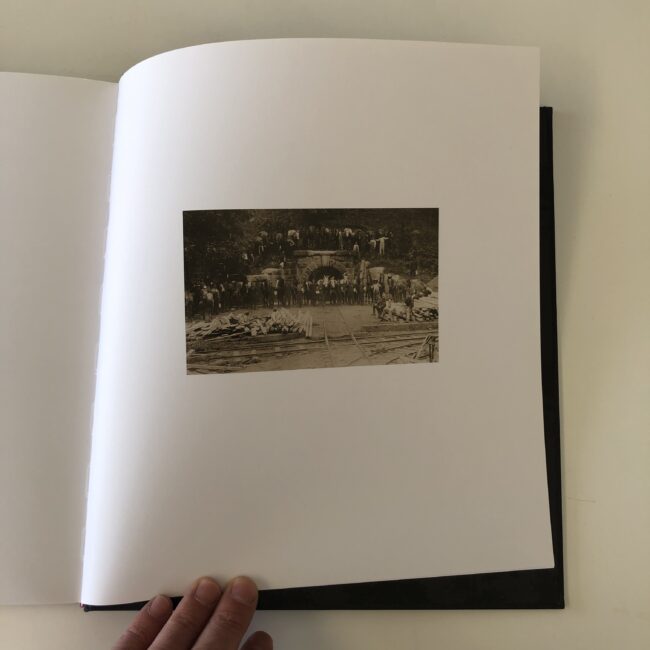
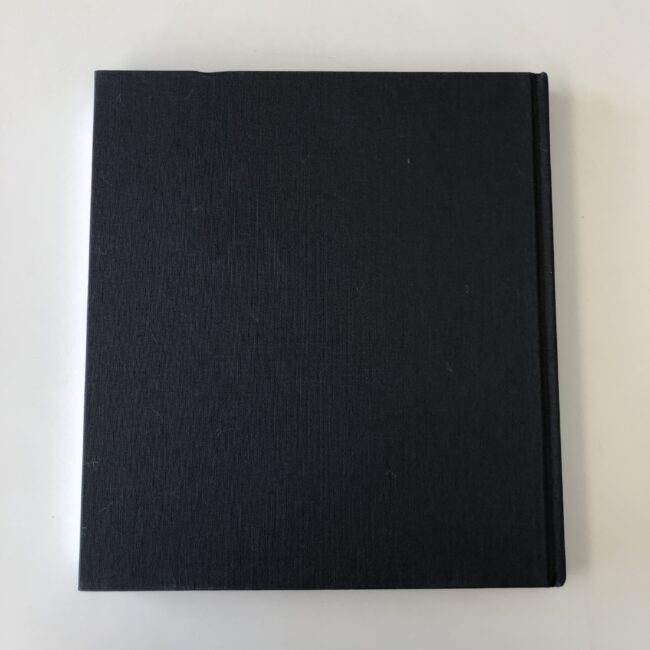
2 Comments
It does seem one beautiful, first rate book- and the beautiful, first rate photographs sure don’t hurt.
Agreed!
Comments are closed for this article!